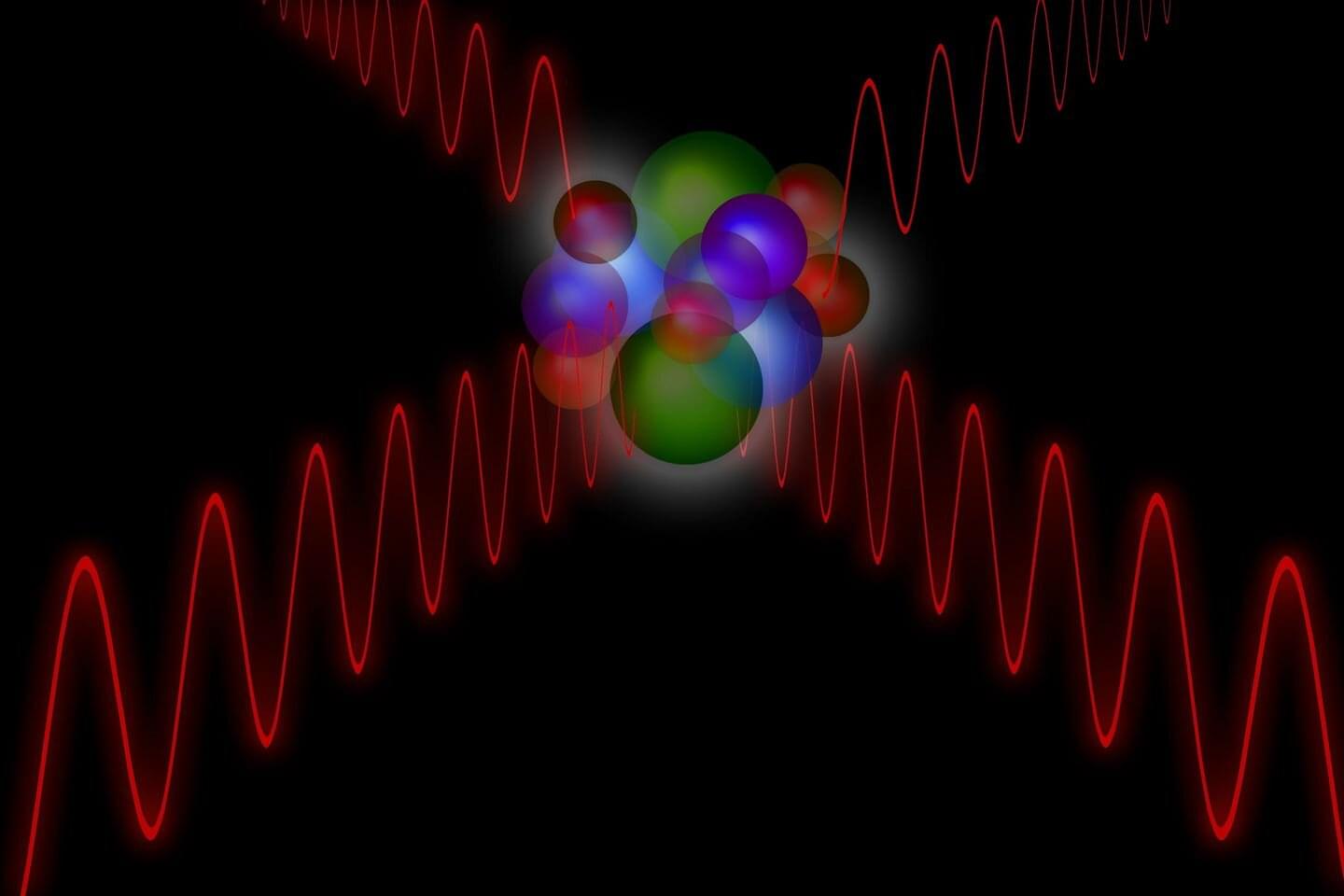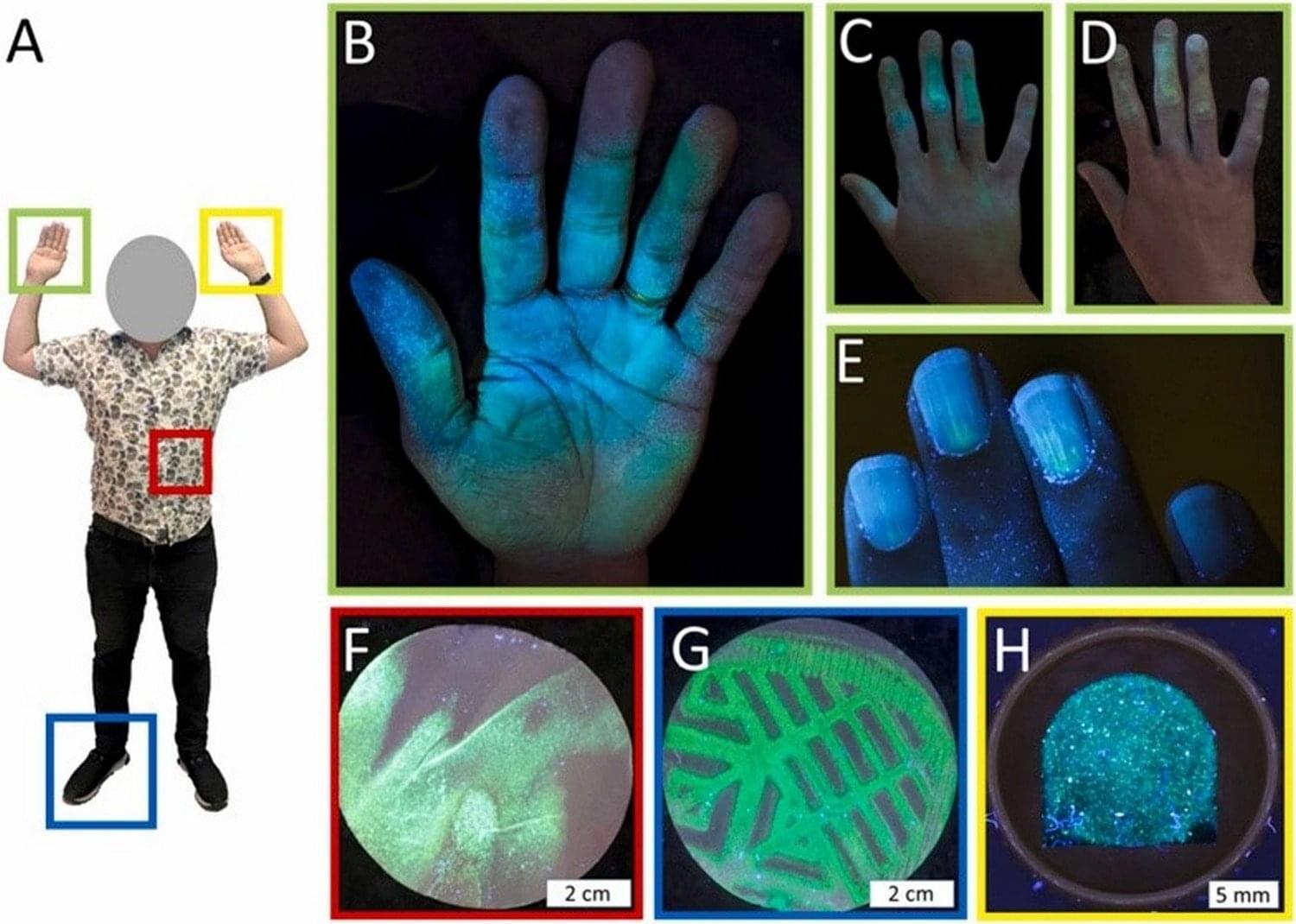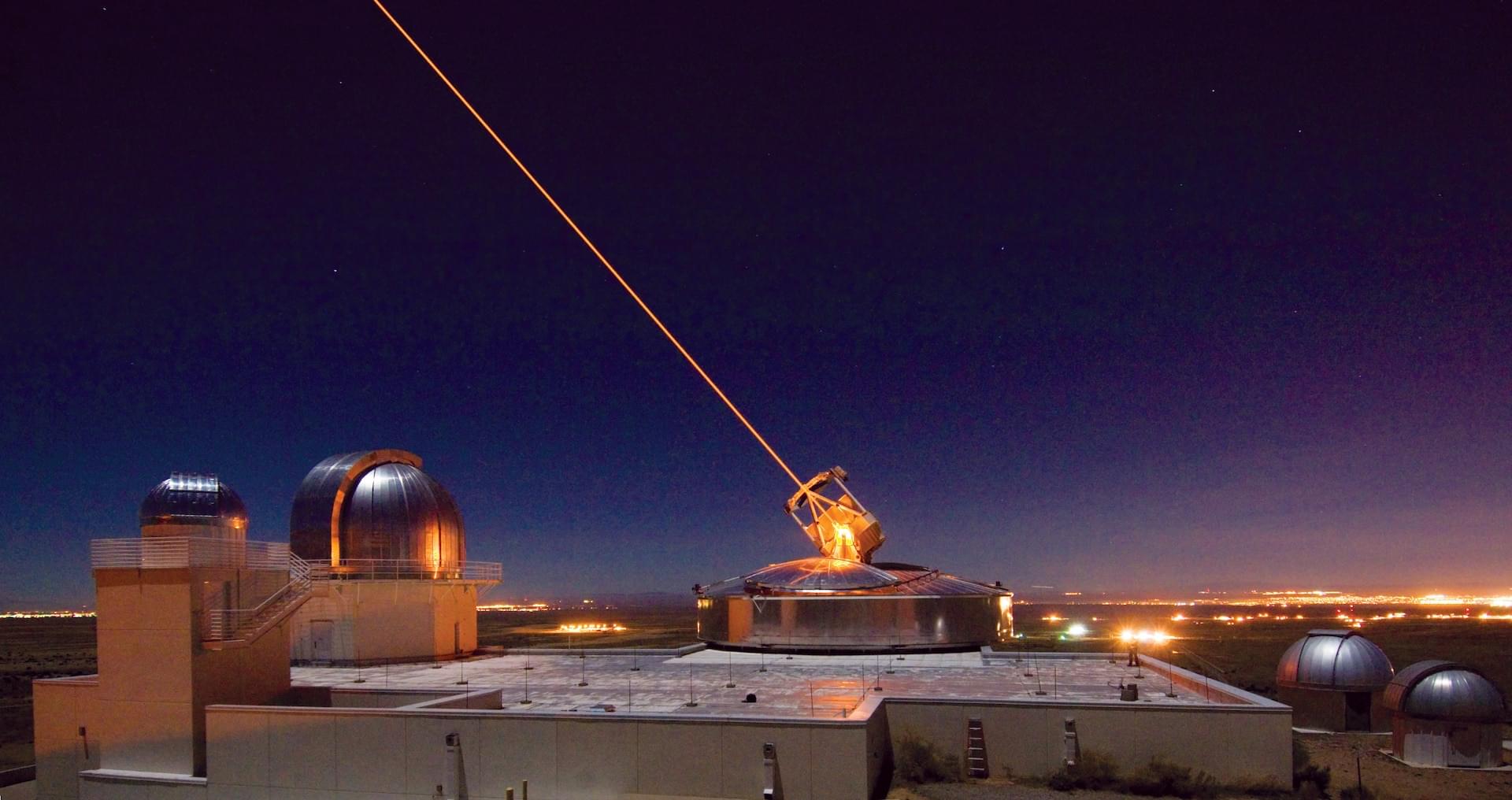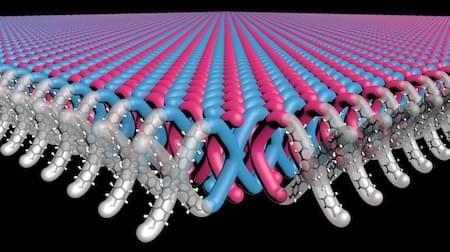In a fascinating dive into the strange world of quantum physics, scientists have shown that light can interact with itself in bizarre ways—creating ghost-like virtual particles that pop in and out of existence.
This “light-on-light scattering” isn’t just a theoretical curiosity; it could hold the key to solving long-standing mysteries in particle physics.
Quantum light: why lasers don’t clash like lightsabers.








